Decades of struggle set the stage for Peru’s Indigenous Peoples to attain legal title to their lands and forests
Heavily forested Peru has made important progress over recent decades in the legal recognition of the land and forest rights of Indigenous Peoples. But titling these collective rights on the ground has been patchy and poorly resourced. The consequence is that lands and livelihoods often remain at the mercy of long-standing threats —tourism, mining, illegal logging, and infrastructure projects. Threats that have often fuelled Peru’s bitter, protracted civil conflicts and insurgencies.
The government has struggled to meet legal obligations to recognise new territorial and communal reserves; to title indigenous territories at the village level; and to complete the demarcation and cadastral updating of more than 1,000 native communities. The situation is compounded by a lack of capacity within regional governmental institutions and among the local communities themselves. More than 20 million hectares of the Peruvian Amazon claimed by Indigenous Peoples remain untitled.
The Peruvian Society for Environmental Law (SPDA) is today working to redress these deficiencies with two national government ministries, two regional governments, and several federations of indigenous organisations. The initiative builds on an innovative partnership piloted by the Tenure Facility in 2015 in the Madre de Dios region of Peru.
Who are the Indigenous Peoples of Peru?
The indigenous population accounts for 14% of Peruvians – more than four million individuals – divided between 55 peoples: 83.11% Quechua, 10.92% Aymara and 1.67% Asháninka; with other Amazonian Indigenous Peoples making up the final 4.31%. This last group comprises 51 or more different ethnicities living in almost 1,800 communities in the Amazon.
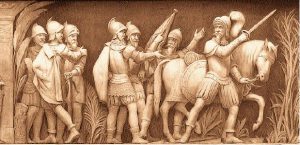
1535
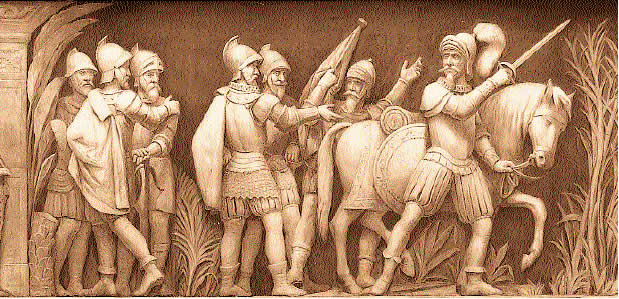
1535
The king of Spain claims title over all lands in Peru and grants his representative unlimited authority over the native population.
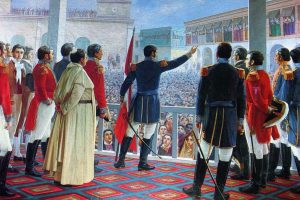
1825
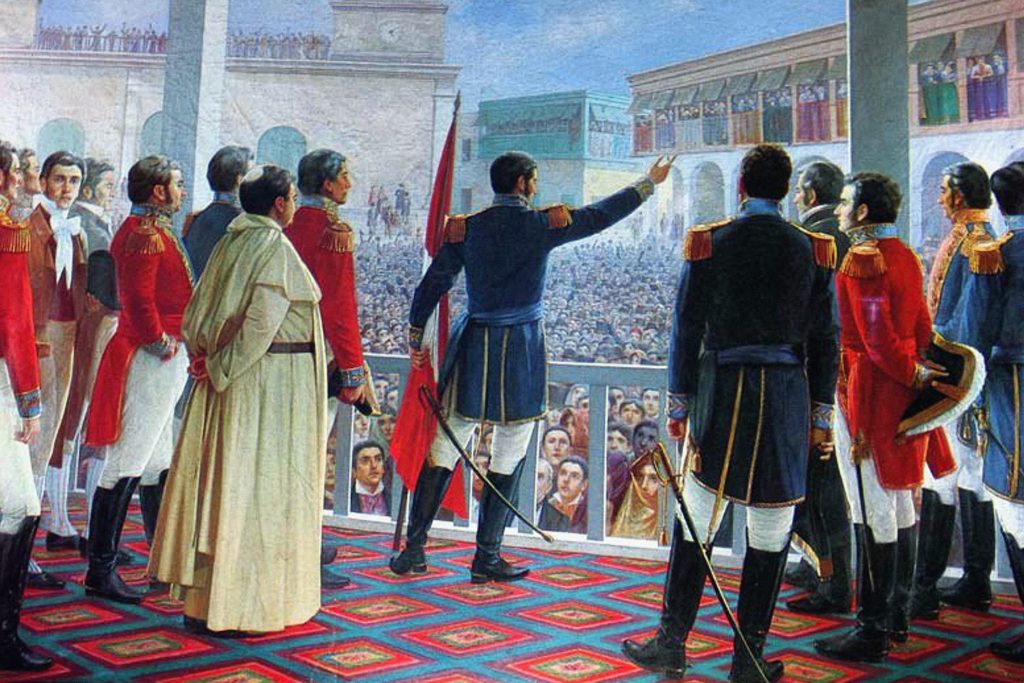
1825
1909
1909
Peru enacts a law transforming into state property all lands not already granted under concessions to foreign colonists.
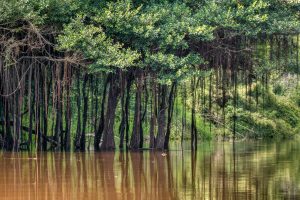
1957
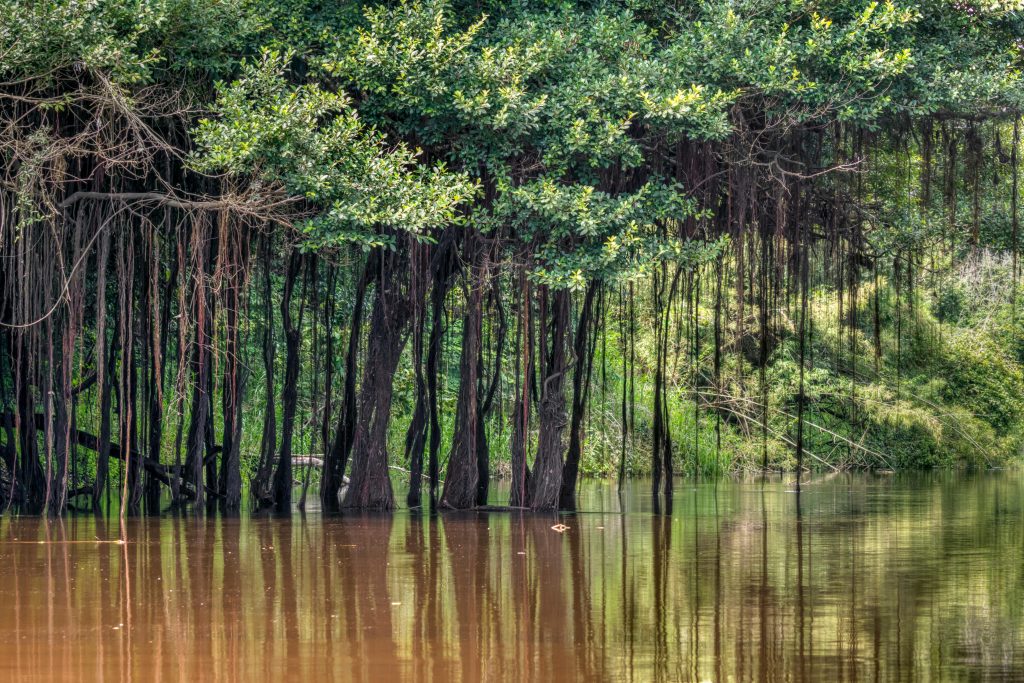
1957
With Supreme Decree No. 03, the government creates 114 indigenous reserves covering 155,763 hectares, granting use rights, but retaining state ownership of the territories in question.
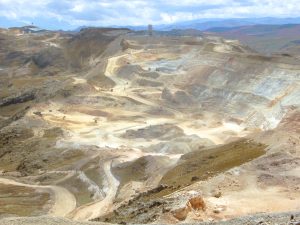
1970s
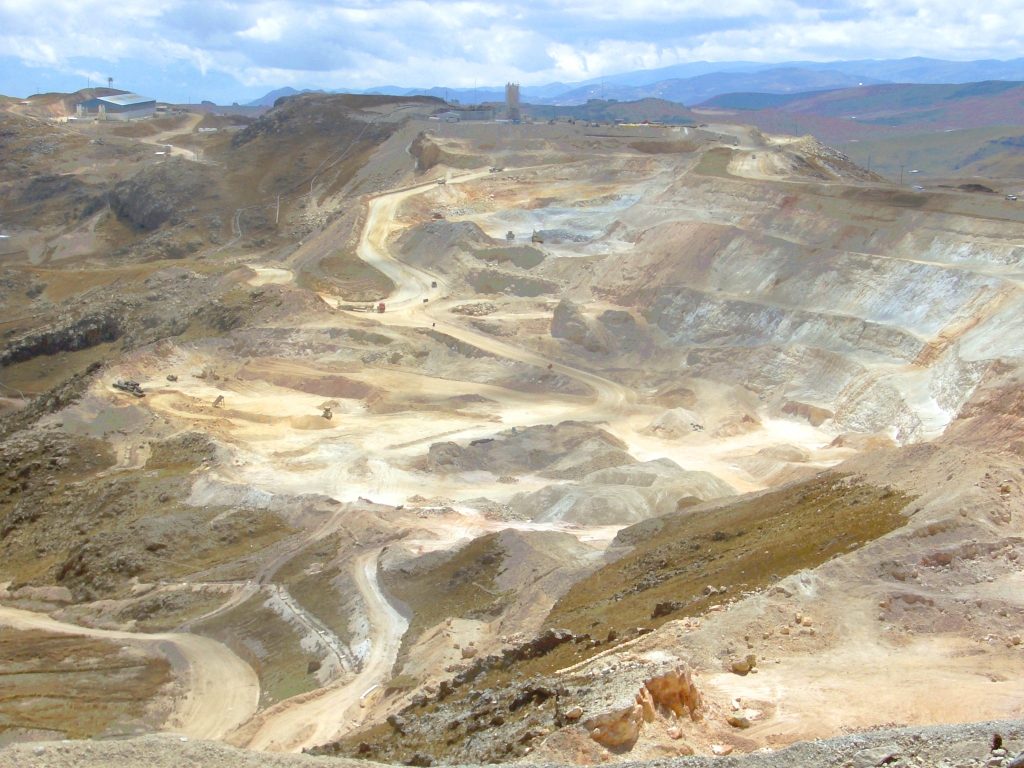
1970s
A boom in gold production fuels conflict between Indigenous Peoples and holders of mining concessions.
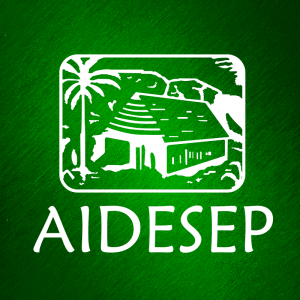
1979
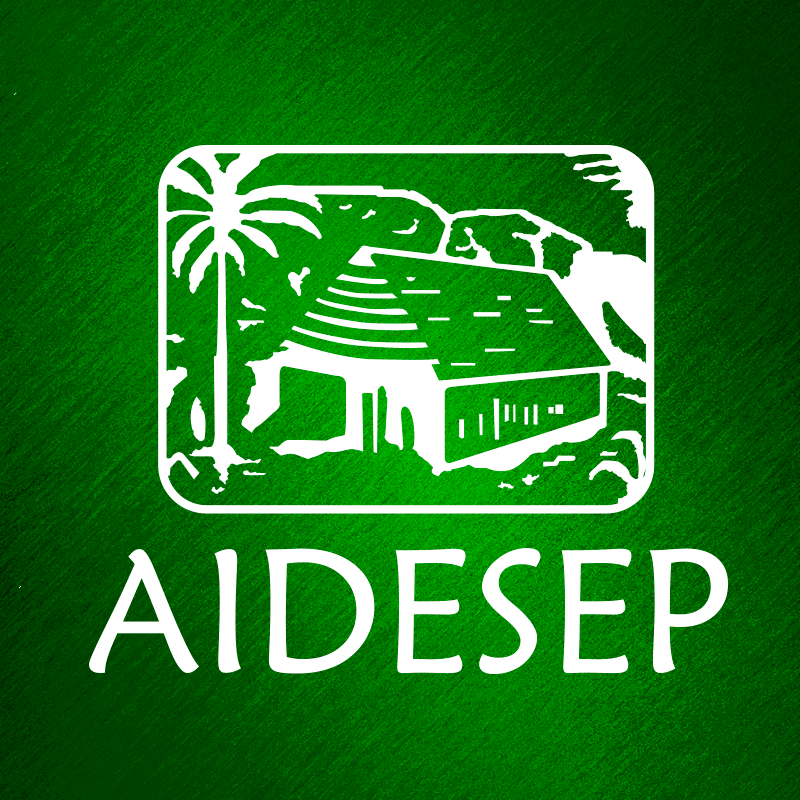
1979
Indigenous Peoples create the Interethnic Association for the Development of the Peruvian Rainforest (AIDESEP).
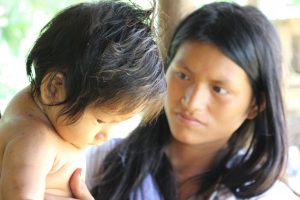
1984
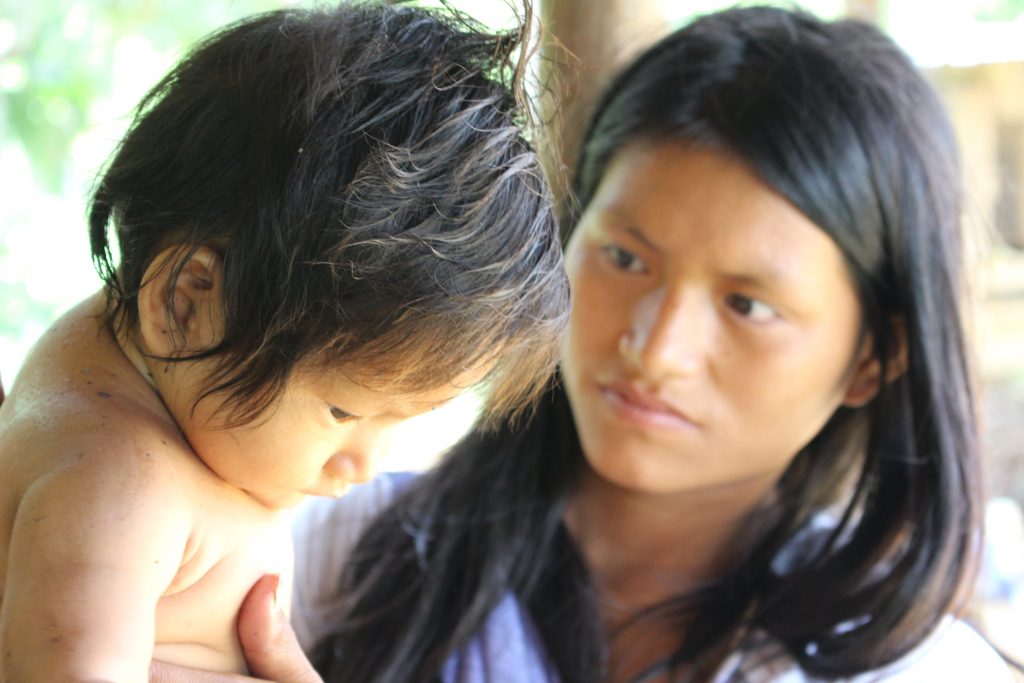
1984
The Indigenous Peoples of the Amazon found COICA (Coordinator of Indigenous Organisations of the Amazon River Basin) to defend their land rights, cultures and the environment.
1991
1991
The Government’s proclamation of the Law for the Promotion of Investments in the Agricultural Sector leads to the development of a national cadastre.
2009
2009
33 die at Bagua when indigenous protesters clash with police and armed forces.
2013
2013
Peru delegates responsibility for titling indigenous communities to regional governments, but progress is slow because the process is complicated, and regional governments lack resources and capacity.
2015
2015
FENAMAD and the Peruvian Society for Environmental Law (SPDA) begin work with the Tenure Facility.
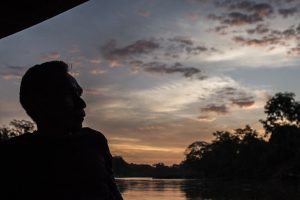
2017
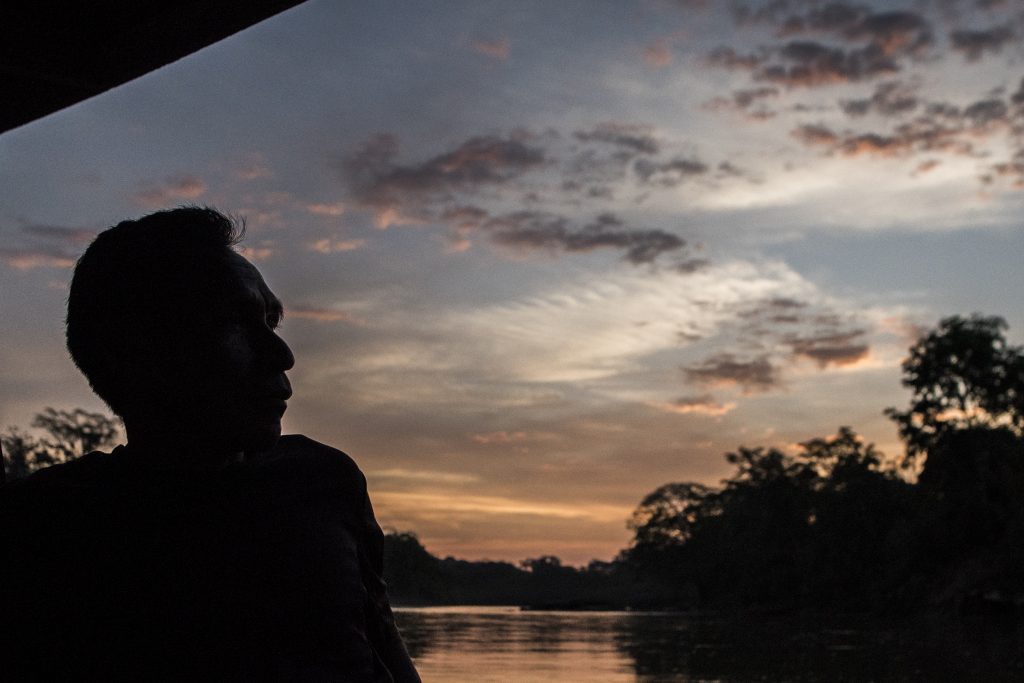
2017
Five indigenous communities in Madre de Dios advance collective title for lands covering 64,000 hectares, thanks to training and legal support from FENAMAD. Shiringayoc receives title while Puerto Luz, Boca Pariamanu and Shintuya are ready for official registration of theirs. Tipishca geo-references 40% of its territory.
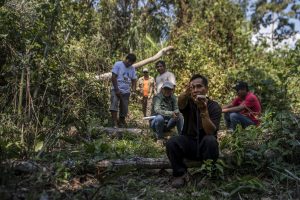
2017
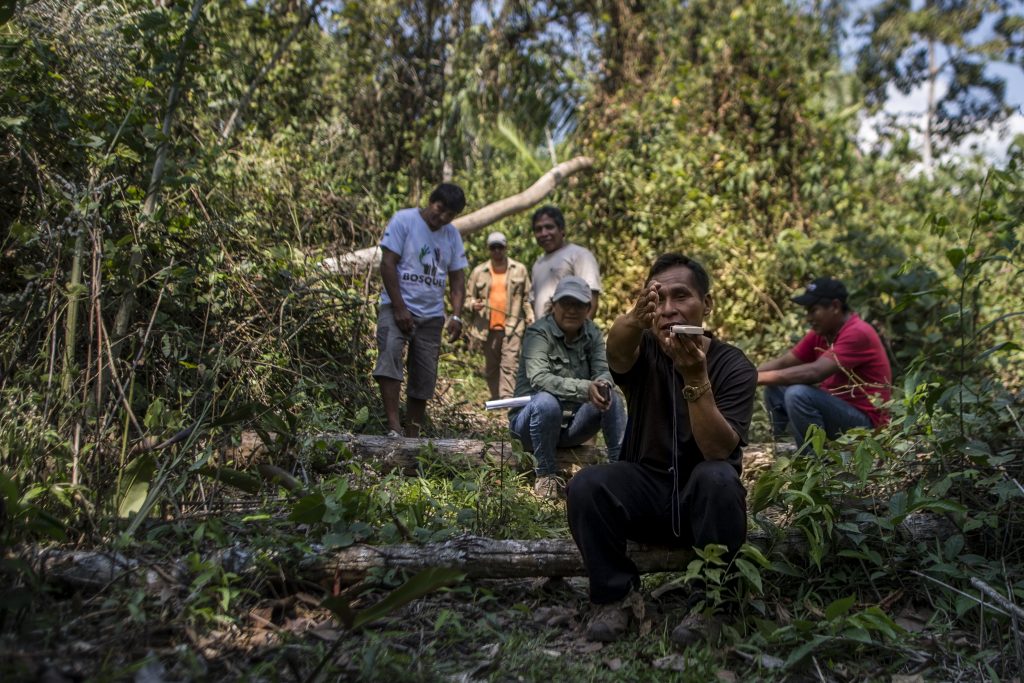
2017
2018
2018
A legal precedent is set by the Achuar people’s victory against oil company GeoPark.
2019
2019
2019
2019
2020
2020
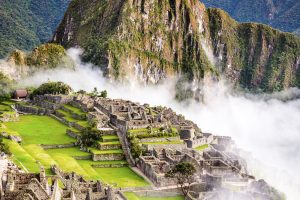
1438
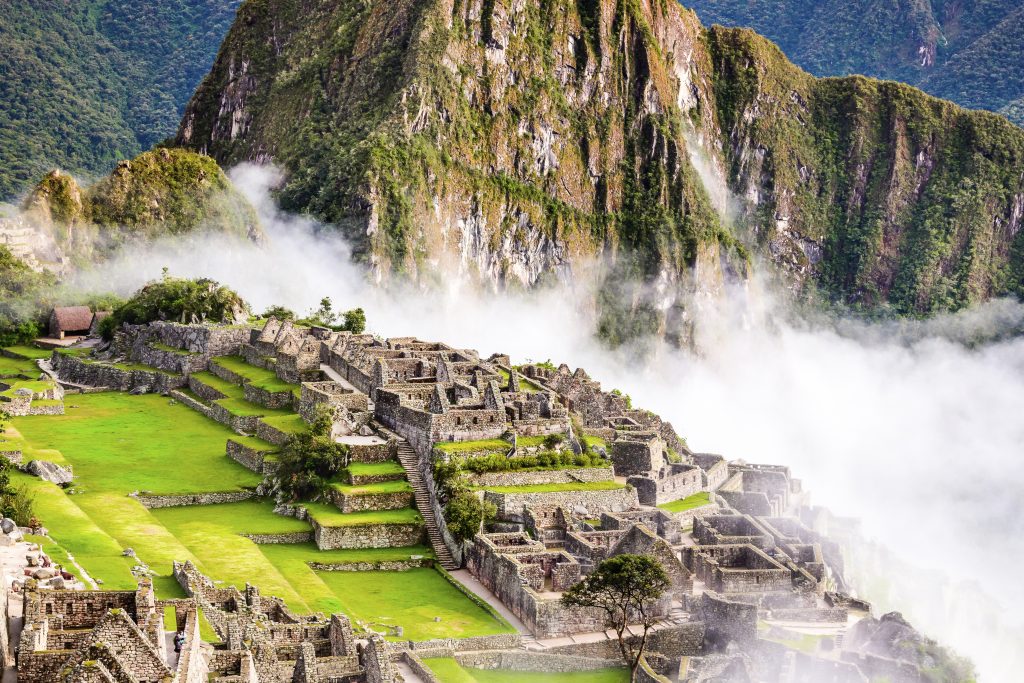
1438
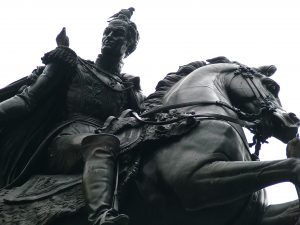
1824
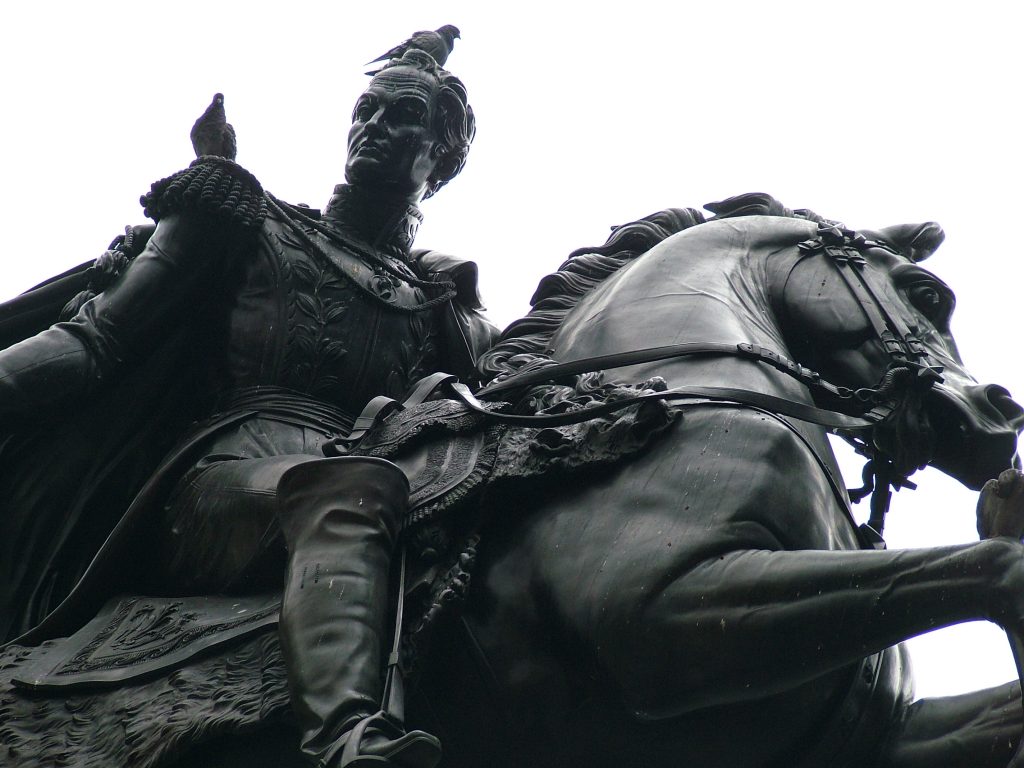
1824
Independence leader Simón Bolivar proclaims the right of Indigenous Peoples to own their land.
1893
1893
Peru passes a law encouraging the settlement of the Amazon by foreign colonists.
1920
1920
In response to peasant uprisings, Peru’s first constitution is promulgated. It lays a foundation for the later recognition of indigenous community rights.
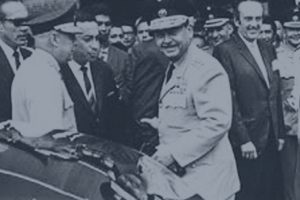
1968
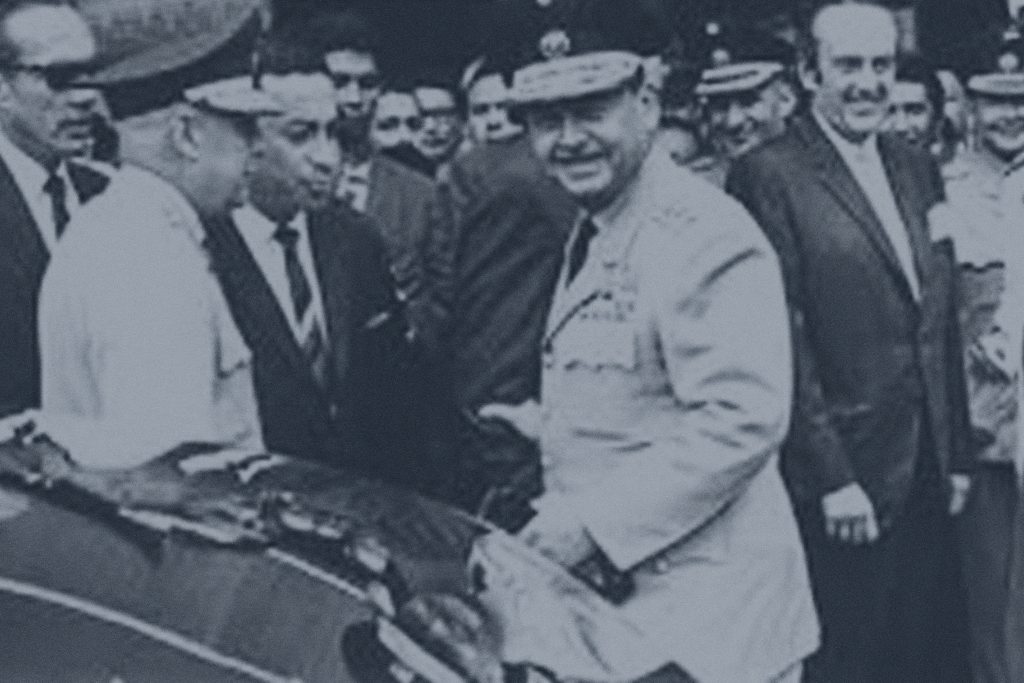
1968
General Juan Velasco Alvarado seizes control of Peru in a military coup, and introduces a new agrarian reform law in June 1969. This saw large land estates formed into cooperatives, both to preserve traditional communalfarming systems, and to prevent the emergence of unproductive minifundia. The cooperatives had very mixed success, and the majority were converted into individual private holdings during the 1980s.
1970s
1970s
The government recognises the first indigenous communities in Madre de Dios—Palma Real and Shintuya – passes important legislation, and formalises property rights for 1,200 indigenous communities in the Amazon, covering 11 million hectares and 17% of the national rainforest.
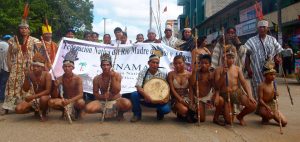
1982
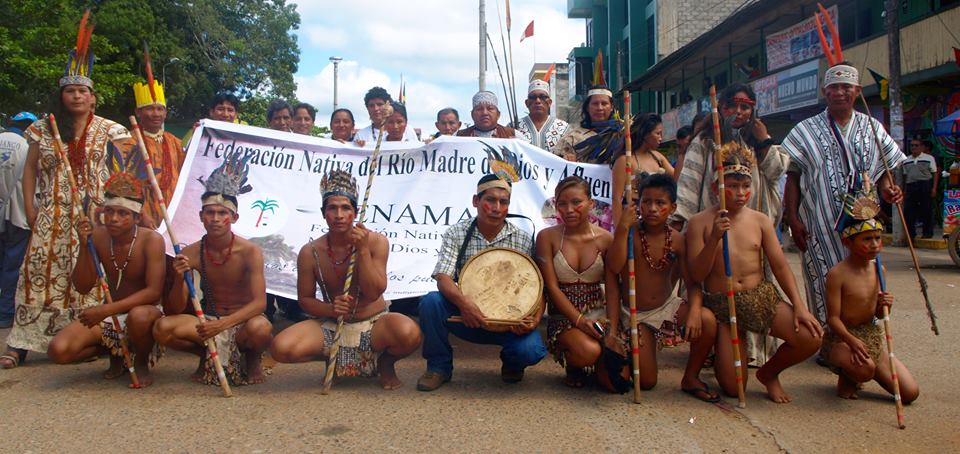
1982
Indigenous Peoples of the Madre de Dios region form the Native Federation of the River Madre de Dios and Tributaries (FENAMAD) to defend their rights.
1985
1985
Indigenous communities in Madre de Dios region clash with invading miners, and a 16-year-old indigenous youth is killed in San José de Karene the following year.
1993
1993
Peru dismisses two judges and forces a land-grabbing invader to vacate the lands of the indigenous community of Barranco Chico, after FENAMAD brings a case before the Supreme Court. The same year, FENAMAD wins landmark International Labor Organisation case against gold miner Michael Dianda.
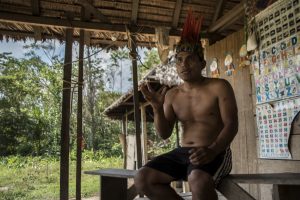
2011
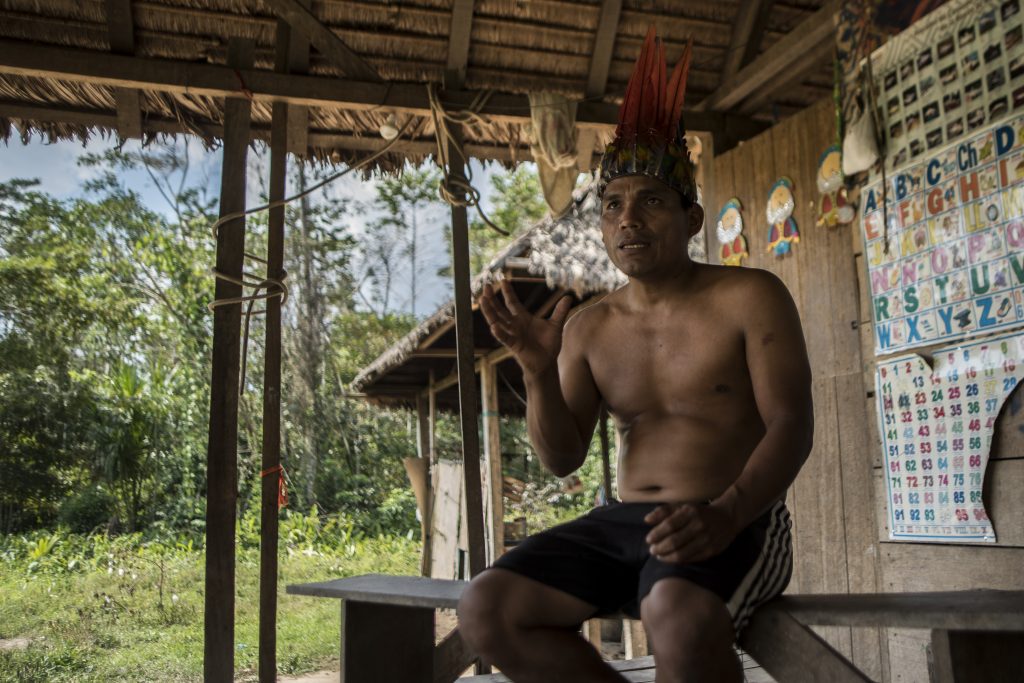
2011
Peru passes the Law of Prior Consultation of Indigenous or Original Peoples, requiring these to be consulted before legislation or other actions are taken that could affect their rights.
2013
2013
Infierno receives clear title to its communal territory with support from FENAMAD—a first in Madre de Dios.
2016
2016
The International Union for the Conservation of Nature (IUCN) establishes a new category of membership for Indigenous Peoples’ organisations, recognising the important role they play in the conservation of the planet.
2017
2017
FENAMAD and the Ministry of Culture agree to strengthen defences of Indigenous Peoples living in voluntary isolation. FENAMAD also ensures the boundaries of indigenous territories can be easily looked up.
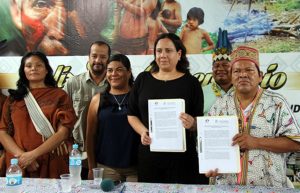
2018
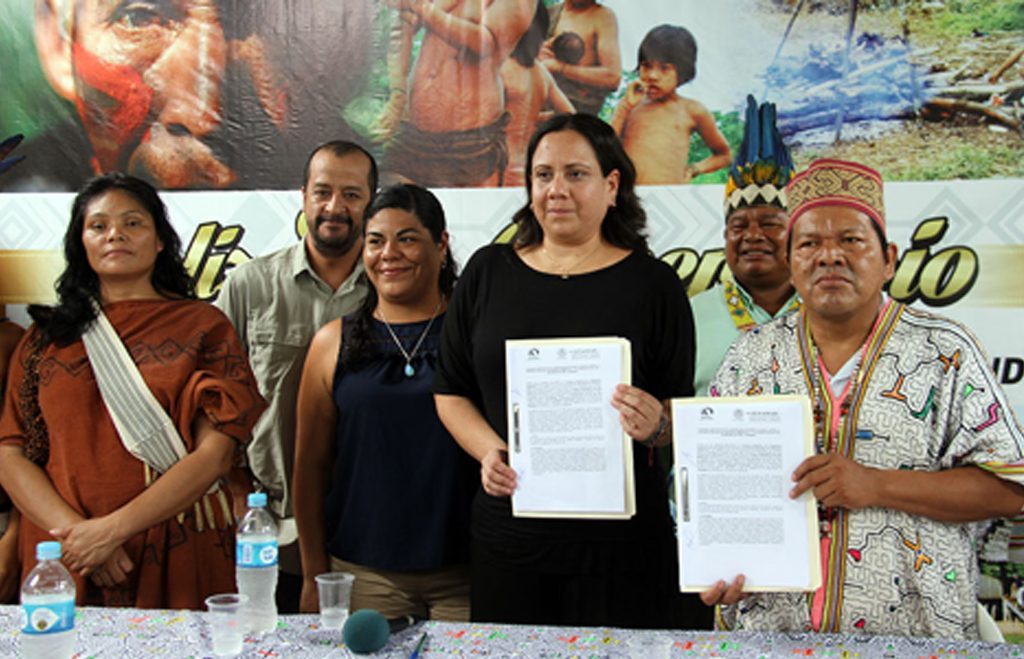
2018
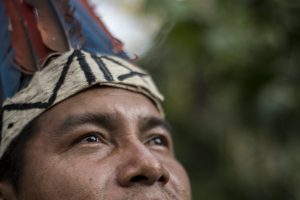
2018
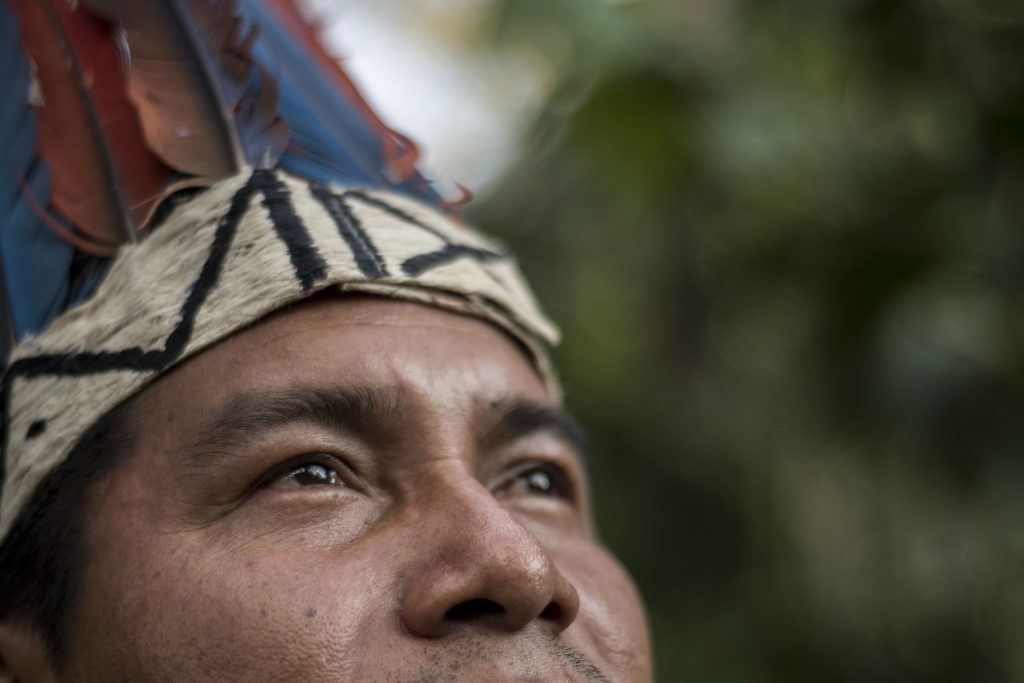
2018
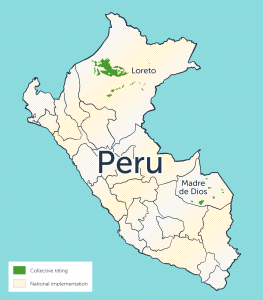
2019
2019
An innovative legal formula, developed by the SPDA and Ministry of Agriculture, leads to landmark guidelines demarcating territories in communities found in Natural Protected Areas.
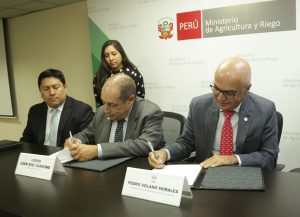
2019
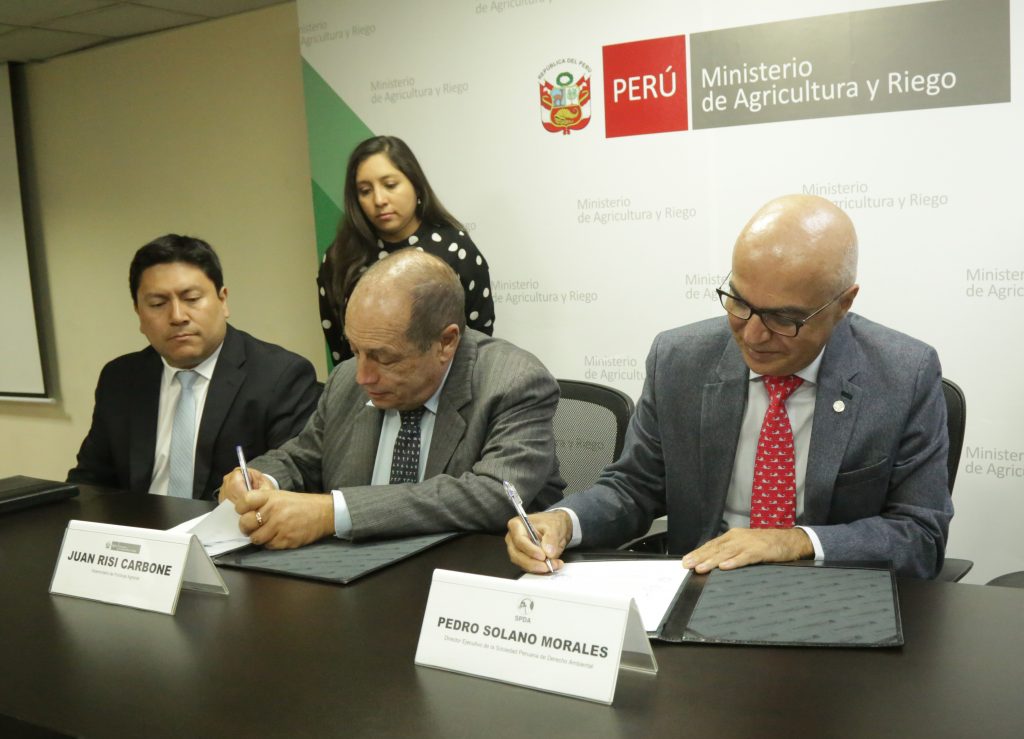
2019
An innovative legal formula, developed by the SPDA and Ministry of Agriculture, leads to landmark guidelines demarcating territories in communities found in Natural Protected Areas.